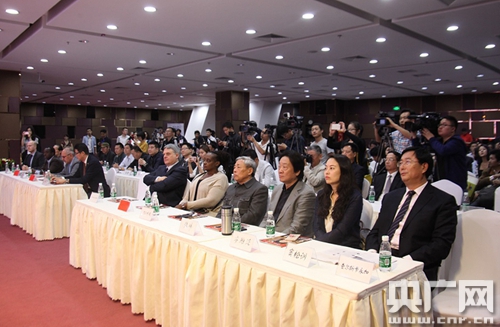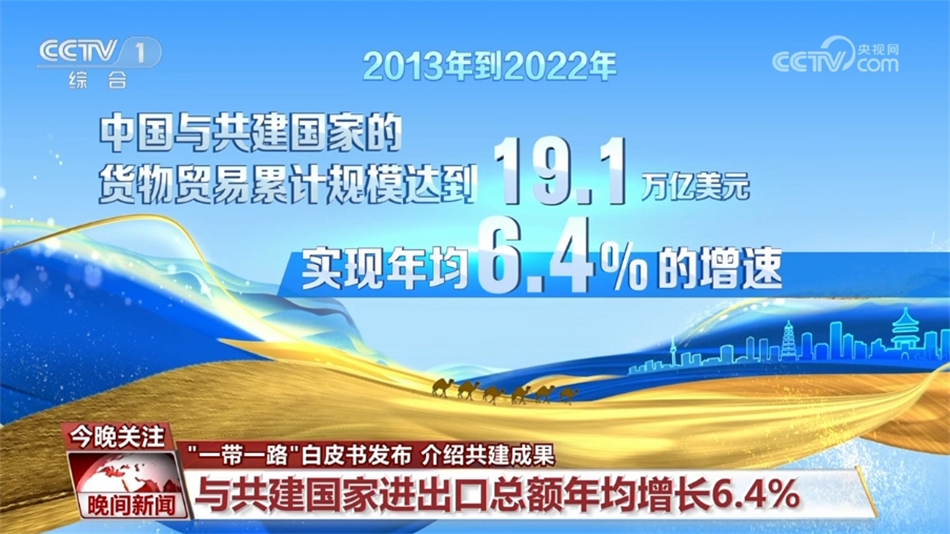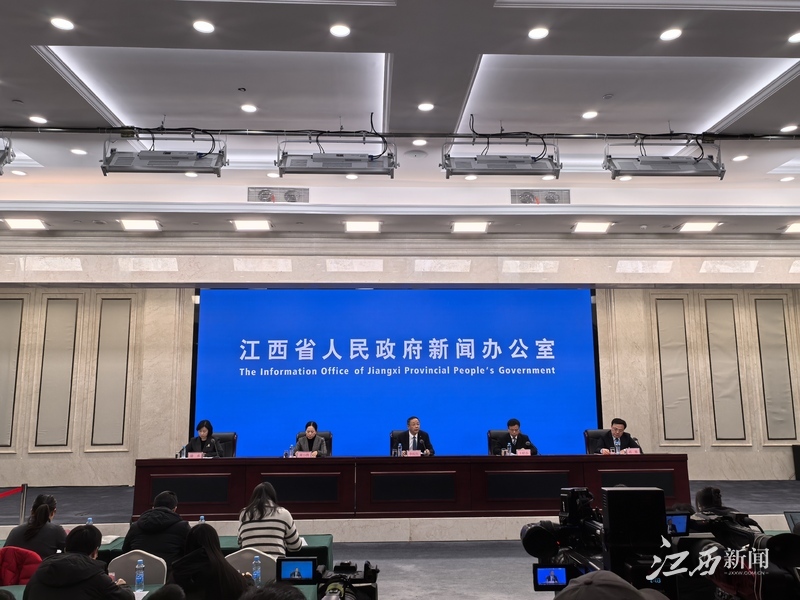Does China’s Diplomacy Rely On Money? Don’t Be Fooled By The West. Compared With US Power Diplomacy, The Gap Is Clear.
Does China’s Diplomacy Rely On Money? Don’t Be Fooled By The West. Compared With US Power Diplomacy, The Gap Is Clear.
American scholar Steve Banno mentioned in 2017 that the “Belt and Road Initiative” happens to pass through the core area of Western geopolitics. This means that in the past, global resources, logistics, and rules were dominated by Europe and the United States, but now
When it comes to the "One Belt, One Road" initiative, many people will have questions: Is this just a diplomatic means for China to spend money abroad? And it seems to have no practical effect, nor is it of much help in building a community with a shared future for mankind?
This view is actually a misunderstanding of the true meaning of the “One Belt, One Road” initiative. Since the initiative was proposed in 2013, the “One Belt, One Road” initiative has become more than just simple economic assistance. It has gradually developed into an important cooperation platform involving China's development, benefiting countries along the route, and even affecting the geopolitical landscape on a global scale.
Today, we will re-understand the true face of the “Belt and Road” and why it can become a new choice for developing countries from three perspectives: misunderstanding clarification, value logic and Sino-US relations.
Misunderstanding clarified: It’s not “throwing money”, but win-win cooperation
Many people believe that the “One Belt, One Road” initiative is China’s “spreading money” abroad, and equate it to free aid. In fact, the opposite is true. From beginning to end, the Belt and Road Initiative has followed the market principles of extensive consultation, joint contribution, and sharing, focusing on the balance between China's needs and the interests of countries along the route.
For example: from 2013 to 2019, China’s average annual direct investment in countries along the “Belt and Road” reached US$13 billion. By the end of 2019, this total investment had reached nearly US$180 billion, accounting for more than 8% of China’s total overseas investment.
These funds are not free donations, but are invested in infrastructure construction urgently needed by countries along the route: such as port construction in Southeast Asia, energy pipelines in Central Asia, and railway networks in Africa. Take the Port of Piraeus in Greece as an example. There has long been an urgent need for a modern port to improve logistics efficiency, but it has been difficult to realize it due to a lack of funds and technology. After China participated in the construction, it not only greatly increased the port throughput, but also boosted local employment. At the same time, Chinese companies also obtained operating rights, which not only reduced the transportation costs of China-Europe trade, but also created commercial benefits. This kind of cooperation is a typical case of mutual benefit between both parties.
In addition, China's aid is usually targeted cooperation. For example, if a country needs to build a railway, China will provide financial support, but most of the equipment and raw materials needed for the project will be purchased through Chinese companies. This kind of aid that seems to be given out actually flows back into the country through equipment procurement, driving the export of China's manufacturing industry and forming a virtuous cycle of construction, procurement, and feedback.
Unlike Western aid, China never attaches political conditions or requires recipient countries to change policies or give up resource control. This is completely different from the forced buying and selling of the former colonies. It is precisely because China has experienced the semi-colonial period and is well aware of the pain of power dominance, so it upholds the principle of equal cooperation.
Value logic: One Belt and One Road provides new options for developing countries
For China, the “Belt and Road Initiative” is not just economic cooperation, it is the “ballast stone” to ensure the security of the supply chain. Imagine, without the Belt and Road Initiative, how much risk would China's industrial chain face under the current pressure from the United States and decoupling from some countries? In particular, many resources such as lithium and cobalt required by the new energy industry come from Central Asia and Africa; many manufacturing products need to be transshipped through Southeast Asian ports. Precisely because of the cooperation under the “One Belt and One Road” initiative, China has established stable resource supply and logistics channels with countries along the route, thus avoiding the risk of “stuck neck”. This need to ensure one's own security is not selfish, but an inevitable choice for the development of a great country.
For countries along the route, the Belt and Road Initiative has broken the dilemma of the Western model. In the past, developing countries often had only two choices: one was to insist on independence, but development was slow due to lack of capital and technology; the other was to rely on the West but give up economic sovereignty and eventually fall into a debt crisis. For example, South Africa once hoped to promote land reform and develop state-owned enterprises, but once related policies were mentioned, the national currency and gold would be suppressed in the international market. Latin American countries borrowed low-interest loans from the United States in the last century. As a result, the United States suddenly raised interest rates, leading to a debt crisis.
Different from this, China's cooperation model focuses on substantive development. For example, the Gwadar Port built in Pakistan solved the problem of local logistics congestion and promoted the growth of surrounding industries; the industrial park built in Ethiopia helped the local textile industry achieve a breakthrough from scratch. These infrastructures are not “face-saving projects” but the key to activating the local economic cycle. Once a country has the ability to independently produce, transport, and generate income, it will naturally not fall into the so-called debt trap.
China once mentioned in its report to the 19th National Congress: As a country in the world that hopes to maintain independence and realize its own development, China has provided new paths, new models and new choices. This is exactly the global value of the Belt and Road Initiative: it is not intended to replace any country or system, but to provide developing countries with more options so that they do not have to make a difficult choice between independence and development, but can take care of both.
Sino-US relations: not confrontation, but cooperation
When talking about the “One Belt, One Road” initiative, we cannot fail to mention Sino-US relations. Some people believe that the Belt and Road Initiative is a tool for China to fight against the United States, or even part of a new Cold War. But this is actually the United States’ persistence in the old confrontation framework. The so-called "new cold war" itself is a false proposition. The confrontation between the camps during the Cold War was black and white, but today's world structure has long changed: China and the United States have hundreds of billions of dollars in economic and trade exchanges every year, American companies rely on the Chinese market, and China's industrial chain is also inseparable from some American technologies. Global problems, such as the epidemic, climate change, terrorism, etc., can only be effectively addressed through cooperation between China and the United States.
The reason why the United States is hyping up the "new Cold War" is essentially to try to contain China by forcibly taking sides, just like it did against the Soviet Union. But China’s rise will not fall into this old framework. China has made it clear that the Belt and Road Initiative is not intended to create confrontation, but to provide a platform for global peace and stability, to jointly address challenges, and to achieve mutual benefit and win-win cooperation.
The impact of the “Belt and Road Initiative” on the global geopolitical pattern is what the West is really worried about. American scholar Steve Banno mentioned in 2017 that the “Belt and Road” passes through the core area of Western geopolitics. This means that in the past, global resources, logistics, and rules were dominated by Europe and the United States. But now, the “Belt and Road” provides new cooperation channels for countries along the route by connecting the infrastructure of the Asian, European, and African continents.
Conclusion
Back to the original question: Is the Belt and Road Initiative just about “throwing money”? The answer is obvious: it is neither free aid nor a tool for confrontation, but a link between China and the world for common development. Through the Belt and Road Initiative, China has ensured supply chain security and released production capacity, while countries along the Belt and Road have gained development opportunities through cooperation and achieved independence and self-reliance. It is this two-way cooperation that embodies the true meaning of a community with a shared future for mankind.
As the Belt and Road Initiative advances, more misunderstandings and doubts may arise, but as long as we adhere to the principle of extensive consultation, joint contribution and shared benefits and ensure that more countries benefit from it, these doubts will eventually be overcome by facts. After all, what the world really needs is not camp confrontation and power dominance, but a cooperation model like the "Belt and Road Initiative" that allows every country to have the opportunity to develop and share the results of cooperation. This may be the important answer China provides to the world.





